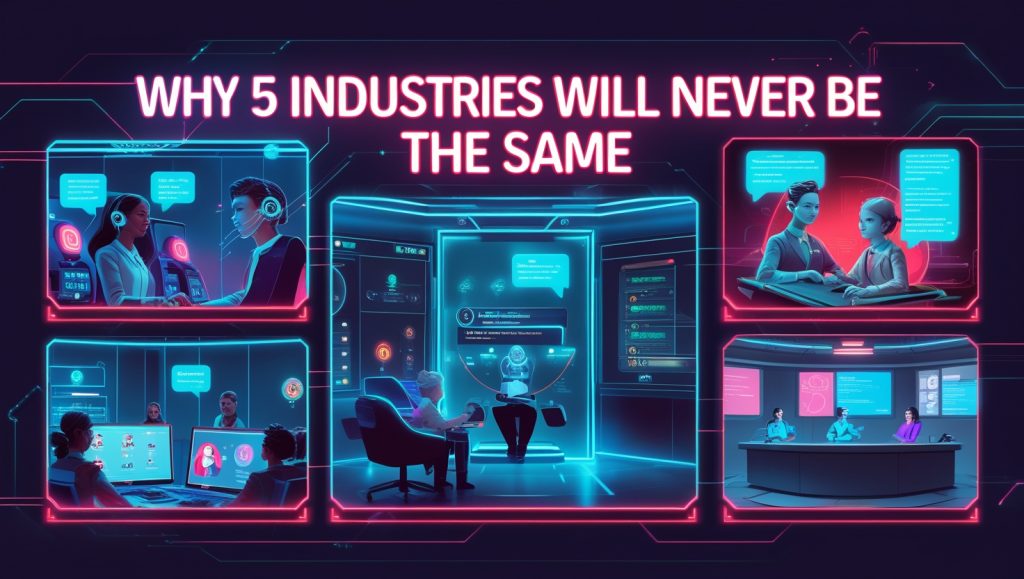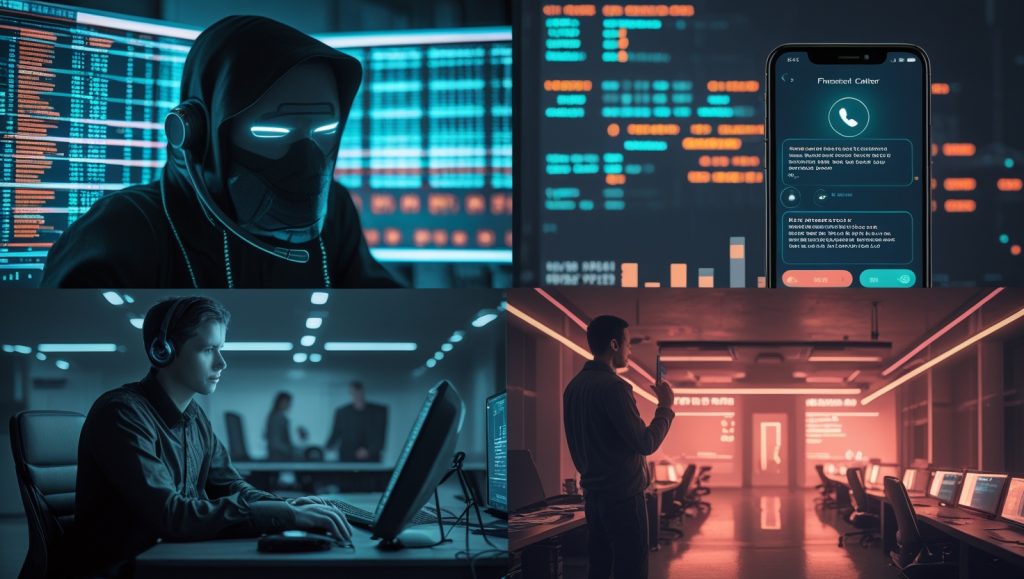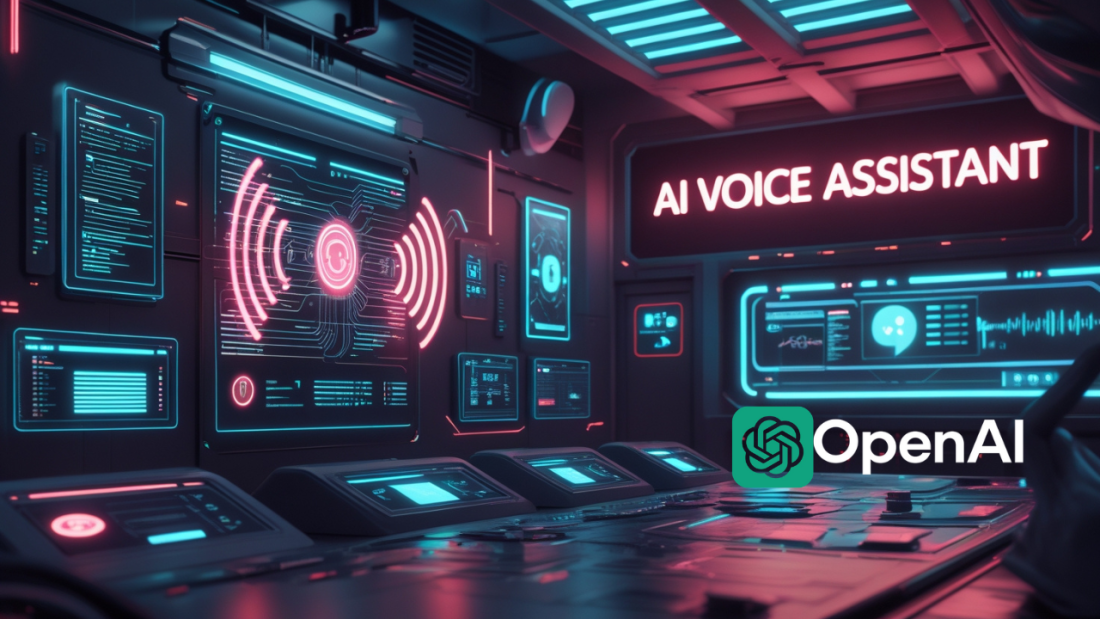The Double-Edged Sword of Smarter AI Voices
In March 2025, OpenAI announced a seismic upgrade to its AI voice assistant, claiming it’s now “3X smarter” at understanding speech, accents, and emotional nuance. According to TechCrunch, the update leverages breakthroughs in reinforcement learning and multilingual training, slashing transcription errors by 50% and enabling eerily human-like vocal performances.
But this leap forward isn’t without risks. The same technology powering OpenAI’s smarter AI voice assistant is already being exploited for deepfake scams. In 2024 alone, the FTC reported a 350% spike in voice cloning fraud, with losses exceeding $1.2 billion. As OpenAI’s models become more accessible, the line between innovation and exploitation blurs.
Why should you care? Because whether you’re a developer, business leader, or everyday user, this AI voice assistant will reshape how we interact with machines—for better or worse.
Why OpenAI’s AI Voice Assistant Update Matters More Than You Think

1. Speech Recognition Just Became Superhuman
OpenAI’s gpt-4o-transcribe model isn’t just incremental—it’s revolutionary. By training on 100+ languages and 10,000+ hours of diverse audio (including accents and background noise), it achieves a Word Error Rate (WER) of 0.08, outperforming Google’s Gemini Flash (0.12) and Whisper v3 (0.15).
Real-World Impact:
A European bank recently tested the updated AI voice assistant in its call centers. While Google’s speech-to-text stumbled with fast-talking customers, OpenAI’s model delivered 94% accuracy, reducing miscommunication complaints by 34%. For industries like healthcare and legal services, where transcription errors can cost millions, this precision is game-changing.
2. Emotional Intelligence: The Secret Sauce
What truly sets this AI voice assistant apart is its ability to adapt tone and style based on developer instructions. Want a customer service bot that sounds “calm and empathetic” or a gaming NPC that narrates like a “medieval bard”? OpenAI’s gpt-4o-mini-tts model makes it possible.
Why This Is a Breakthrough:
- Customer Experience: Hotels like Marriott are piloting AI concierges that detect guest frustration and adjust responses in real time.
- Mental Health: Startups like Woebot Health are exploring AI voice assistants that mimic therapists’ supportive tones, though critics warn of ethical pitfalls.
3. Outpacing Google, Apple, and Amazon
While competitors focus on incremental updates, OpenAI’s AI voice assistant is pulling ahead with agentic capabilities—remembering context across conversations and self-correcting errors.
Key Differentiators:
- Speed: Processes speech 3X faster than Google’s cloud-based models.
- Cost: 60% cheaper for high-volume users compared to Amazon’s Alexa API.
- Customization: Unlike Apple’s rigid Siri, developers can tweak vocal styles via simple prompts.
Why 5 Industries Will Never Be the Same

1. Customer Support: The End of “Press 1 for…”
Traditional IVR systems frustrate 74% of customers, according to Zendesk. OpenAI’s AI voice assistant solves this by understanding interruptions, accents, and emotional cues.
Case Study:
Telecom giant Vodafone reduced average call handling time by 40% after deploying OpenAI’s model. Agents now focus on complex issues while the AI handles routine queries—a win for efficiency and customer satisfaction.
2. Healthcare: AI Therapists Walk a Tightrope
Startups are racing to integrate OpenAI’s AI voice assistant into teletherapy platforms. While Woebot Health’s AI coach shows promise in reducing anxiety, experts like Dr. Sarah Lin (Stanford Bioethics) warn: “Mimicking human empathy risks manipulation. We need strict guardrails.”
Ethical Dilemma:
Should an AI voice assistant ever replicate a real therapist’s voice? OpenAI says no—all synthetic voices are artificially generated and monitored. But as our earlier analysis shows, enforcement remains patchy.
3. Gaming & Entertainment: Stories That Adapt to You
Netflix’s AI dubbing already uses synthetic voices for multilingual content. With OpenAI’s update, developers can now tweak voices in real time. Imagine a horror game where NPCs whisper warnings in a “true crime narrator” voice—or a kids’ app where characters sound like beloved cartoon icons.
The Opportunity:
Ubisoft’s latest RPG uses OpenAI’s AI voice assistant to generate dynamic dialogues based on player choices, cutting voice-acting costs by 70%.
4. Education: Tutoring Gets a Voice Makeover
Duolingo’s GPT-4-powered “Max” already personalizes language lessons. Add OpenAI’s vocal adaptability, and you get an AI voice assistant that corrects pronunciation gently for kids but adopts a strict tone for adult learners.
Global Reach:
Nonprofits like Khan Academy are testing the model in rural India, where it transcribes lectures in regional dialects like Tamil and Telugu with 89% accuracy.
5. Legal & Compliance: The $50/Hour Transcription Killer
Law firms spend millions on human transcribers for depositions and court recordings. OpenAI’s AI voice assistant slashes costs with 98% accuracy—even in chaotic courtroom environments.
Controversy:
The American Bar Association warns that over-reliance on AI could jeopardize due process. Yet early adopters like Baker McKenzie report 30% faster case prep using the tool.
Why the Dark Side of AI Voice Assistant Can’t Be Ignored

1. Deepfakes: The Genie Is Out of the Bottle
In 2023, scammers cloned a CEO’s voice to steal $240,000. With OpenAI’s AI voice assistant, such crimes are now easier than ever.
Recent Data:
- 78% of deepfake scams now use voice cloning (FTC, 2025).
- 43% of victims can’t distinguish cloned voices from real ones (McAfee).
OpenAI’s Safeguards:
All synthetic voices are watermarked, but as TechCrunch notes, detection tools lag behind generation tech.
2. Job Losses: The Automation Tsunami
Gartner predicts 85% of customer service roles will vanish by 2026, replaced by AI voice assistants. While new jobs in “AI voice design” emerge, the transition will be brutal for low-skilled workers.
Silver Lining:
AT&T’s reskilling program trains displaced call center staff to manage AI systems—a model others may follow.
3. Over-Reliance: When Machines Sound Too Human
Studies show people trust AI voice assistants more than humans for sensitive topics like mental health. This risks manipulation, as seen in China’s AI-driven social credit experiments.
What’s Next? OpenAI’s High-Stakes Roadmap
1. Custom Voices: Branding Meets AI
Soon, businesses could clone their CEO’s voice for PR campaigns—or let users replicate celebrity voices (with consent). OpenAI’s challenge: balancing creativity with misuse risks.
2. Video Integration: Reading Faces, Not Just Voices
Next-gen models may analyze facial expressions to adjust tone. Imagine an AI voice assistant that softens its voice if you look frustrated—a potential boon for teletherapy.
3. Regulation: The Global Arms Race
The EU’s AI Act requires watermarking all synthetic media, while the U.S. lags. OpenAI is lobbying for “balanced” rules, but as China’s AI dominance grows, the stakes have never been higher.
Final Verdict: Progress at a Price
OpenAI’s AI voice assistant is undeniably groundbreaking—3X smarter, cheaper, and more adaptable than rivals. But without urgent action on deepfakes and job displacement, this tech could backfire spectacularly.
For Businesses: Adopt now, but audit for ethical risks.
For Policymakers: Legislate before the crisis escalates.
For Users: Stay skeptical—not all that speaks like a human is human.
